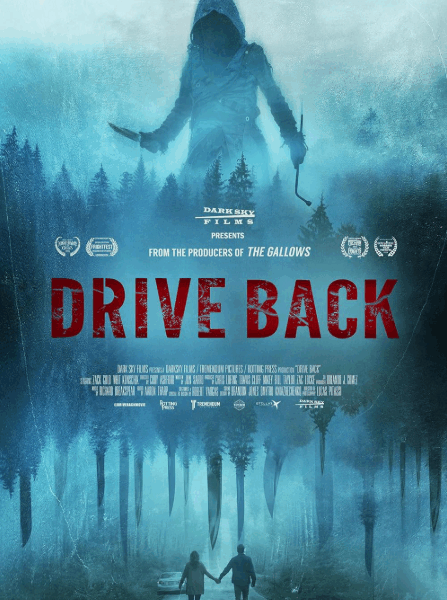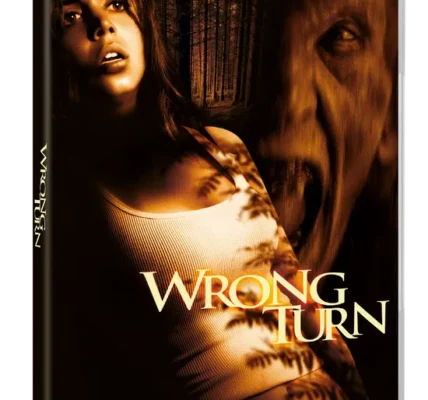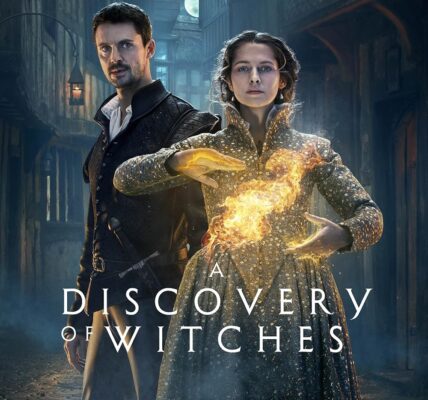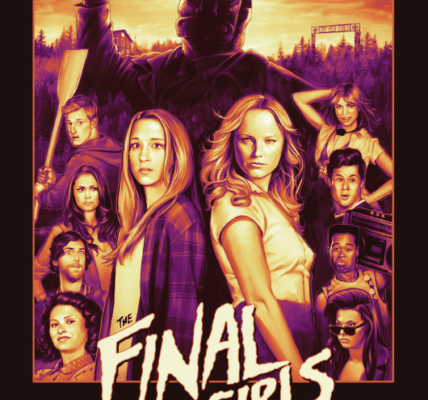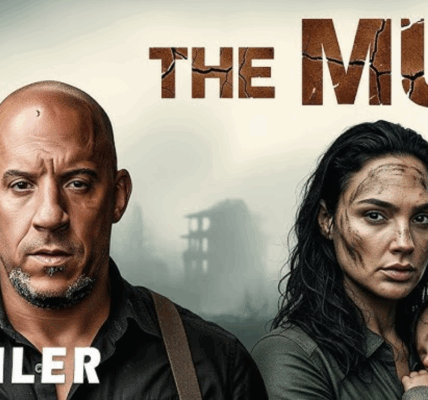1. Plot Summary
Reid and Olivia are a newly engaged couple expecting their first child. After celebrating at their engagement party in a remote cabin, they begin driving home through rural California. At a convenience store, they’re persuaded to take a shortcut — one not shown on their maps. The shortcut leads them into an increasingly bizarre, disorienting environment: time feels distorted; memories slip; they face strange visions, plus a masked stranger who stalks them. As their journey grows more unnerving, they realize the danger is more personal than just getting lost.
2. Notable Elements
- Atmosphere & Setting: The woods and the road back from the cabin create an oppressive, isolating mood. Scenes in the car feel claustrophobic, and the forest is both beautiful and uncanny.
- Psychological Horror & Time Loop Motif: The film uses memory lapses, disappearance of landmarks, and repetition in scenes to evoke dread. There’s a sense of the couple trying to escape not just the woods but the guilt, secrets, and consequences in their relationship.
- Strong Lead Performances: Reid and Olivia’s relationship is portrayed with tension; their flaws and past (especially Reid’s history with his father, and Olivia’s infidelity) are leveraged to deepen the horror beyond just external threats.
- Visually Effective Horror Moments: There are jump scares, unsettling apparitions, masked pursuer scenes that work reasonably well. The balance between implied threat (you can’t always see the danger) and sudden shocks is mostly effective.
3. Themes & Messages
- Fear of the Unknown & Loss of Control: The film plays on what happens when you lose your bearings—not just geographically, but mentally/emotionally. Memory, identity, perception are destabilized.
- Secrets, Guilt, and Relationship Strain: Themes of infidelity, expectation (as they await a baby), parental legacy (Reid’s relationship with his father), are woven in. These personal issues amplify the horror—they’re not just hunted by external monsters but internal ones.
- Time / Reality Disintegration: The shortcut acts almost like a limbo or distorted space where reality may loop, memories fade, identity shifts. The film seems to hint at metaphorical readings—how guilt or trauma can trap you in loops.
4. Personal Impressions
What I liked:
- The premise is promising, and early into the film, the tension builds well. The woods, the road, misdirections feel unsettling.
- The way character flaws are not just mentioned but woven into the horror works; the personal stakes (expecting a child, betrayal) help make the horror more than just jump scares.
- Some visuals and editing choices (flashbacks, memory slips) are effective in making you question what is “real” in the film.
What didn’t work as well:
- At times the film becomes confusing; some plot threads (the infidelity, Reid’s past, the masked stranger) are set up but not fully resolved. Viewers who want clarity may feel frustrated. Several reviews mention the ending is unsatisfying or ambiguous.
- Some pacing issues: the buildup is slow, and the reveal of the killer or supernatural elements happens past the halfway point, which can make earlier parts drag for those wanting more immediate horror.
- The symbolism / thematic hints sometimes feel more like loose suggestions rather than fully integrated into the narrative. For example, some flashbacks or character details feel teased but not followed through.
5. Audience Recommendations
Drive Back may especially appeal to:
- Viewers who enjoy psychological horror with supernatural or time-loop elements.
- Fans of road trip gone terribly wrong stories (e.g. The Hitcher, Dead End, Triangle).
- People who like ambiguity and don’t mind some mystery/unanswered questions.
It might be less satisfying for:
- Those who prefer their horror clean and resolved rather than fuzzy or metaphorical.
- Audiences wanting strong, likeable main characters—both leads are flawed, and that may make it harder for some to root for them continuously.
- Those who dislike slow or atmospheric horror pacing.
6. Conclusions & Rating
Overall, Drive Back delivers a moody, mind-bending horror ride. It doesn’t fully stick the landing in narrative clarity, but what it does right—atmosphere, tension, character stakes—makes it worth a viewing if you like horror that leans into psychological and supernatural ambiguity.
Final Recommendation: If you’re in the mood for horror that lingers in your mind after the credits, rather than just jump scares, Drive Back is a solid pick. Just go in knowing that not all threads will be tied up neatly.
Five-Star Rating: ⭐⭐⭐ out of 5
Watch more:
